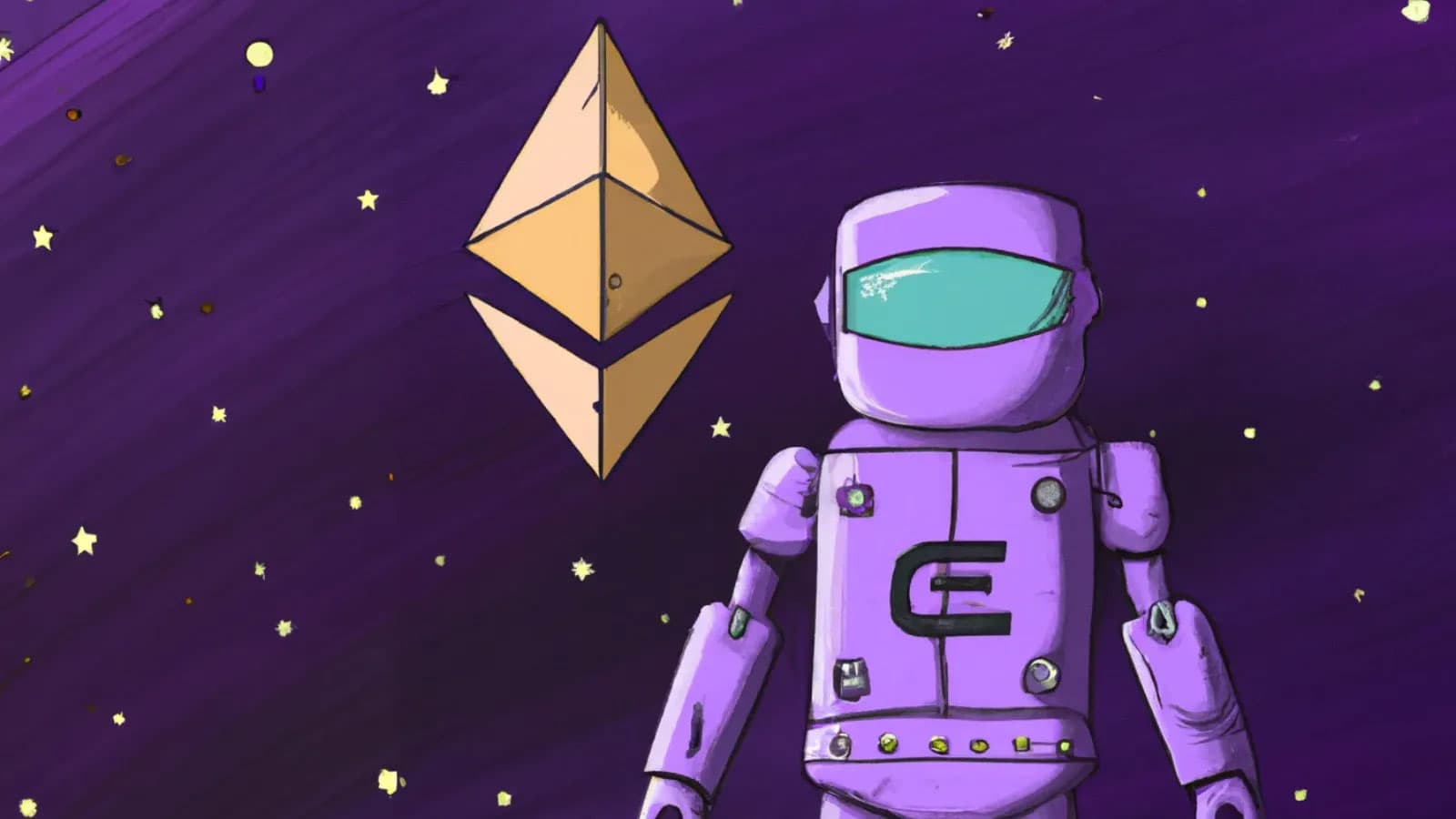Ethereum Reverses Post-Merge Censorship Trend
MEV censorship has been roughly sitting at 70% over the past month

Source: DALL·E
Concerns around possible censorship of Ethereum transactions was prevalent in the weeks leading up to and after the Merge, but the latest data shows that this upward trend may be reversing.
The Merge introduced changes to the process of block building alongside the transition from proof-of-work to proof-of-stake, that introduced some risk of centralization, particular with respect to MEV — or maximum extractable value.
Tracking site MEV Watch reveals that the percentage of censored blocks has dropped from its all-time high of 79% to roughly 70% over the past month. Anything less than about 99%, means Ethereum remains censorship free.
MEV refers to the maximum amount of income that can be earned by validators from the automated process of re-ordering transactions for inclusion in a block.
If MEV in a block exceeds standard block rewards, validators may choose to re-organize a block to capture the income generated by MEV for themselves.
In order to prevent malicious MEV practices, validators choose to use MEV-Boost relays which allow them to request blocks from a network of builders.
But after the US Treasury’s Office of Foreign Assets Control (OFAC) sanctioned crypto privacy service Tornado Cash, popular MEV-Boost realy provider Flashbots — which is based in the US — decided to remain OFAC-compliant, meaning it would ignore any transactions which were restricted by OFAC.
That alone is not enough to censor Ethereum, although it can delay some transactions, Uri Klarman, CEO of relay provider bloXroute Labs previously told Blockworks.
“If I had an OFAC-restricted transaction, it [would] take more time for my transaction to be included, but eventually a validator, which isn’t ignoring [OFAC transactions] would include it,” Klarman said.
Nevertheless, the concern within the Ethereum community is that if the proportion of censored blocks were to become too high, it could threaten a fundamental ethos of Ethereum — credible neutrality — as well as a desirable feature of most public blockchain networks: censorship resistance.
Coming up with technical solutions to preserve these values is a major goal of the Ethereum community.
Developing SUAVE
Ethereum developers have also launched a new project to combat censorship.
Dubbed SUAVE, short for “Single Unifying Auctions for Value Expression,” the project aims to decentralize block building itself.
SUAVE was first teased at Devcon, the Ethereum foundation’s annual conference, where Philip Daian, a Flashbots steward, said its latest technology would “make TradFi look embarrassing.” The project’s latest vision was unveiled in a blog post on Nov. 22.
At a high level, SUAVE will be a new blockchain that acts as a plug-and-play mempool and decentralized block builder for other blockchains.
“SUAVE goes beyond sequencing for a single blockchain. We designed SUAVE to be the mempool and block builder for all blockchains,” Hasu, pseudonymous strategy lead at Flashbots tweeted.
Through building a decentralized sequencing layer, the Flashbots team wants to “give domains control over their own validation guarantees and ensure smaller domains stay decentralized.”
Domains means any combination of layer-1 or layer-2 blockchains, but also side-chains, shards, and even centralized exchanges.
Flashbots does not intend to participate in the marketplace beyond bootstrapping, the company noted.
“We consider this strategy the most aligned with our mission and the health of the entire ecosystem,” the company said.
Get the news in your inbox. Explore Blockworks newsletters:
- The Breakdown: Decoding crypto and the markets. Daily.
- 0xResearch: Alpha in your inbox. Think like an analyst.






